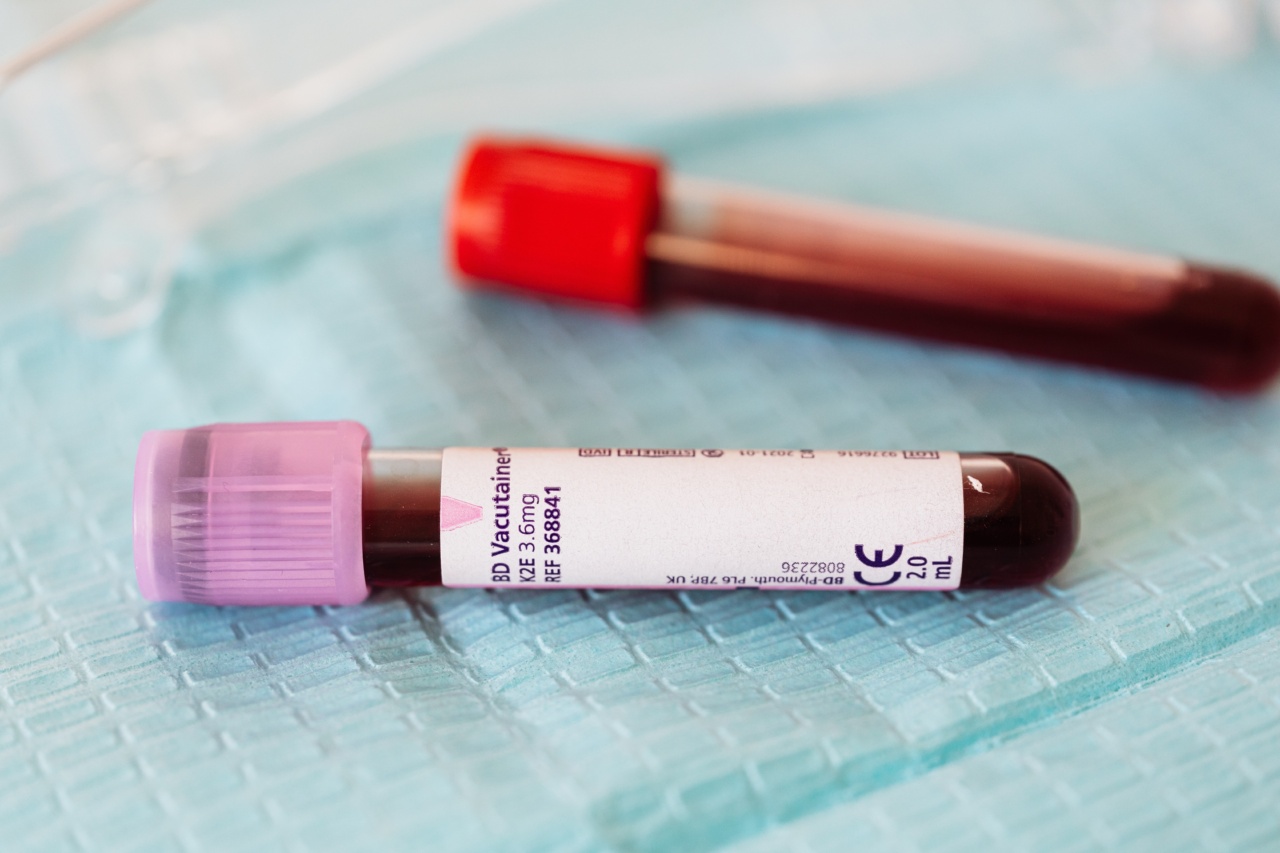Osteoporosis is a serious condition that weakens the bones, making them brittle and fragile. It is often called the silent disease because it progresses slowly and without any signs or symptoms until a fracture occurs.
The Importance of Early Diagnosis
Early diagnosis of osteoporosis can help prevent fractures and other complications associated with the condition.
There are many tests that can help detect osteoporosis in its early stages, making it easier to manage the condition and prevent serious bone fractures.
Bone Mineral Density Test
A bone mineral density test is a diagnostic test that measures the amount of bone mineral in your bones. This test is commonly used to diagnose osteoporosis and assess your risk of fractures.
During the test, you will lie on a table while a small machine scans your body. This machine uses a low dose of radiation to measure the amount of bone mineral in your body. The test is painless and usually takes only a few minutes to complete.
If your bone mineral density test results show that you have low bone density, your doctor may recommend lifestyle changes or medication to help slow bone loss and prevent fractures.
Bone Turnover Markers Test
A bone turnover markers test is a simple blood test that measures the amount of bone cells in your blood.
This test can help determine if your bones are breaking down too quickly or not rebuilding quickly enough, which can be an indication of osteoporosis.
In this test, a small amount of blood is drawn from your arm and sent to a lab for analysis. Results can be available in a matter of days.
While bone turnover markers tests are not yet used as routine testing for osteoporosis, they can be helpful in monitoring your bone health and determining if your current treatment is effective.
Lifestyle Changes to Prevent Osteoporosis
There are several lifestyle changes that can help you prevent osteoporosis and keep your bones strong and healthy. These include:.
- Eating a diet rich in calcium and vitamin D
- Getting regular exercise, including weight-bearing exercises like walking or jogging
- Avoiding smoking and excessive alcohol consumption
- Reducing your risk of falls by wearing sturdy shoes, using assistive devices like walkers or canes, installing grab bars in your home, or attending balance training classes
Conclusion
Osteoporosis is a serious condition that can have devastating consequences, including fractures and chronic pain. But it doesn’t have to be this way.
Early detection with bone mineral density and bone turnover markers tests can help keep your bones healthy and strong, and lifestyle changes can also make a big difference in reducing your risk of fractures.































